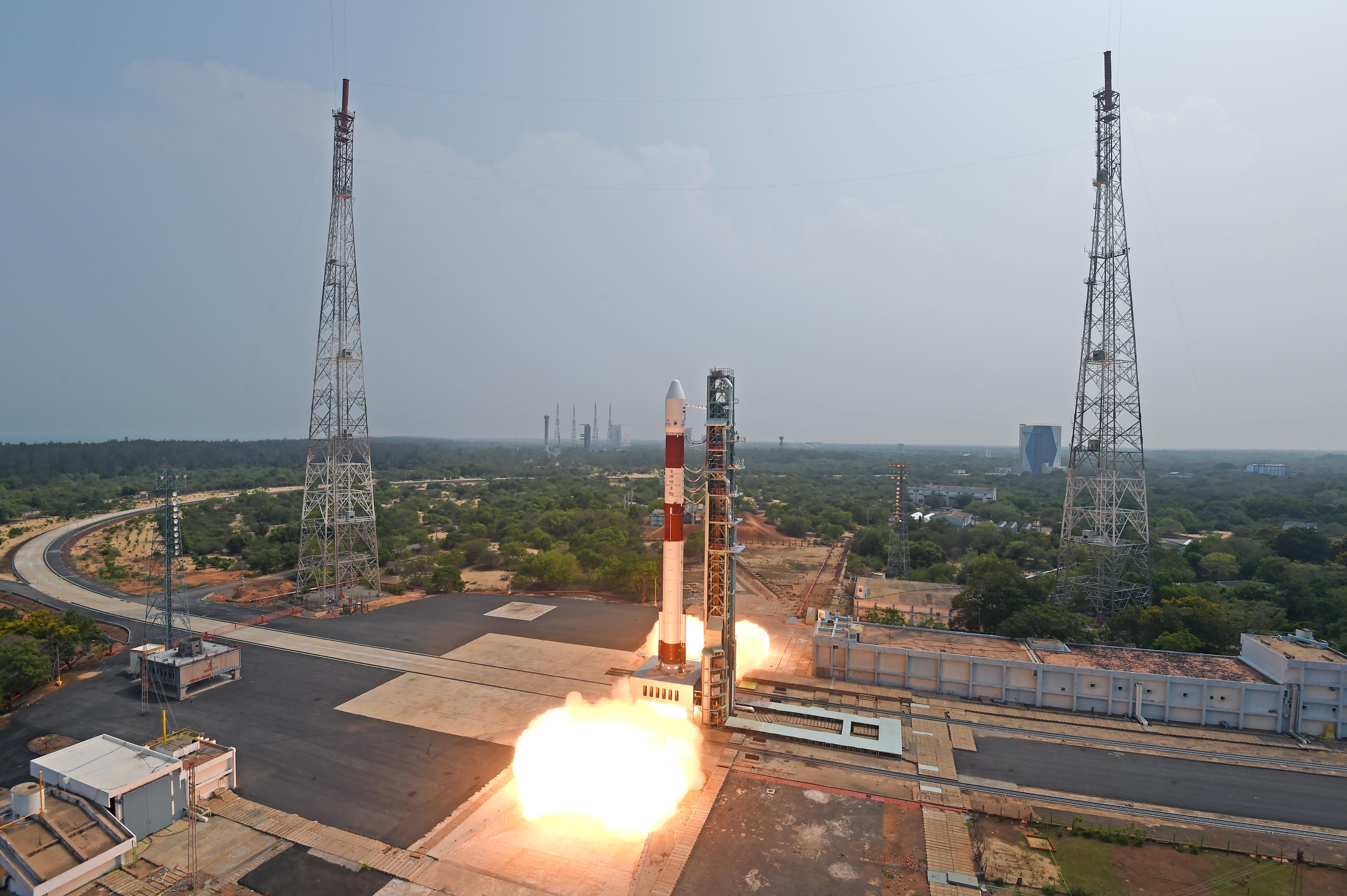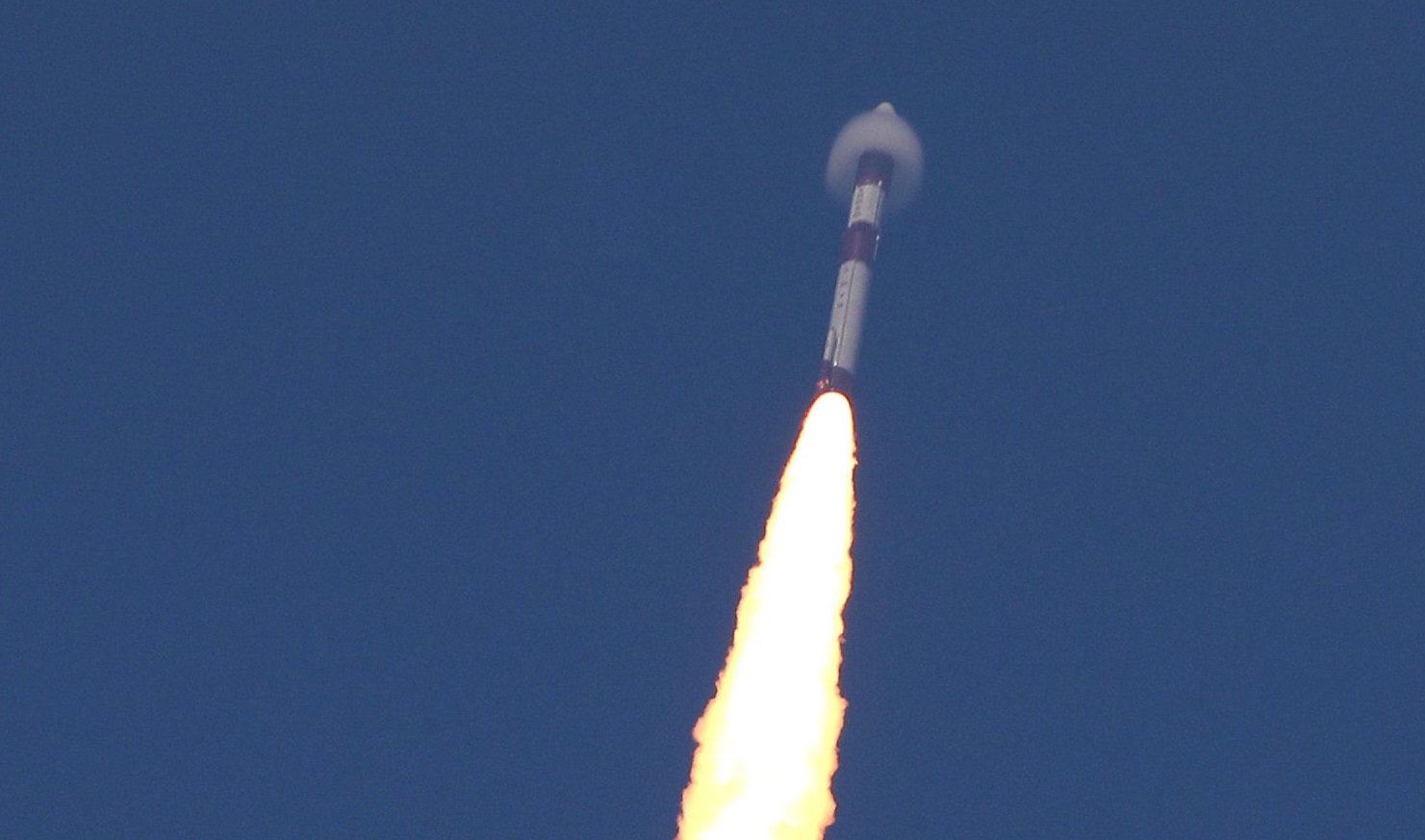Two Singapore customer satellites — TeLEOS2 and Lumelite-4 — were launched by the Indian Space Research Organisation (ISRO) from the Satish Dhawan Space Centre in Sriharikota (SDSC-SHAR) at 2.19pm IST today.
An ISRO tweet at 2.51pm IST proudly announced: “PSLV- C55/TeLEOS-2 mission is accomplished successfully. In a textbook launch, the vehicle placed TeLEOS-2 and LUMELITE-4 satellites precisely into their intended 586 km circular orbit.”
As CtoI has reported earlier, TeLEOS-2 is an Earth Observation Satellite, designed to capture round-the-clock, all-weather satellite imagery. The 750-kilogram satellite, developed by ST Engineering of Singapore, will provide imagery that could be useful for hotspot monitoring and haze management, air crash search and rescue operations, and more.
As for Lumelite-4, an ISRO statement said that the satellite “aims to augment Singapore’s e-navigation maritime safety and benefit the global shipping community”.
As per reports, the PSLV carried TeLEOS-2 as the primary satellite and Lumelite-4 as the passenger satellite.
PSLV stands for Polar Satellite Launch Vehicle, a fully indigenous delivery rocket that is called “the workhorse of ISRO”. With multiple satellite delivery capability, the PSLV has been service for years, following its first appearance in 1994, and it has launched a number of Indian and foreign customer satellites. It was also a key part of India’s Chandrayaan-1 mission in 2008 and the Mars Orbiter Spacecraft mission in 2013.
In its tweet, ISRO referred to a “POEM” being written. This POEM is the acronym for PSLV Orbital Experimental Module, an advanced scientific component of the launch vehicle that can stay in space even after the satellite delivery in orbit is complete. This component continues to gather data, which makes this particular PSLV mission doubly significant.





